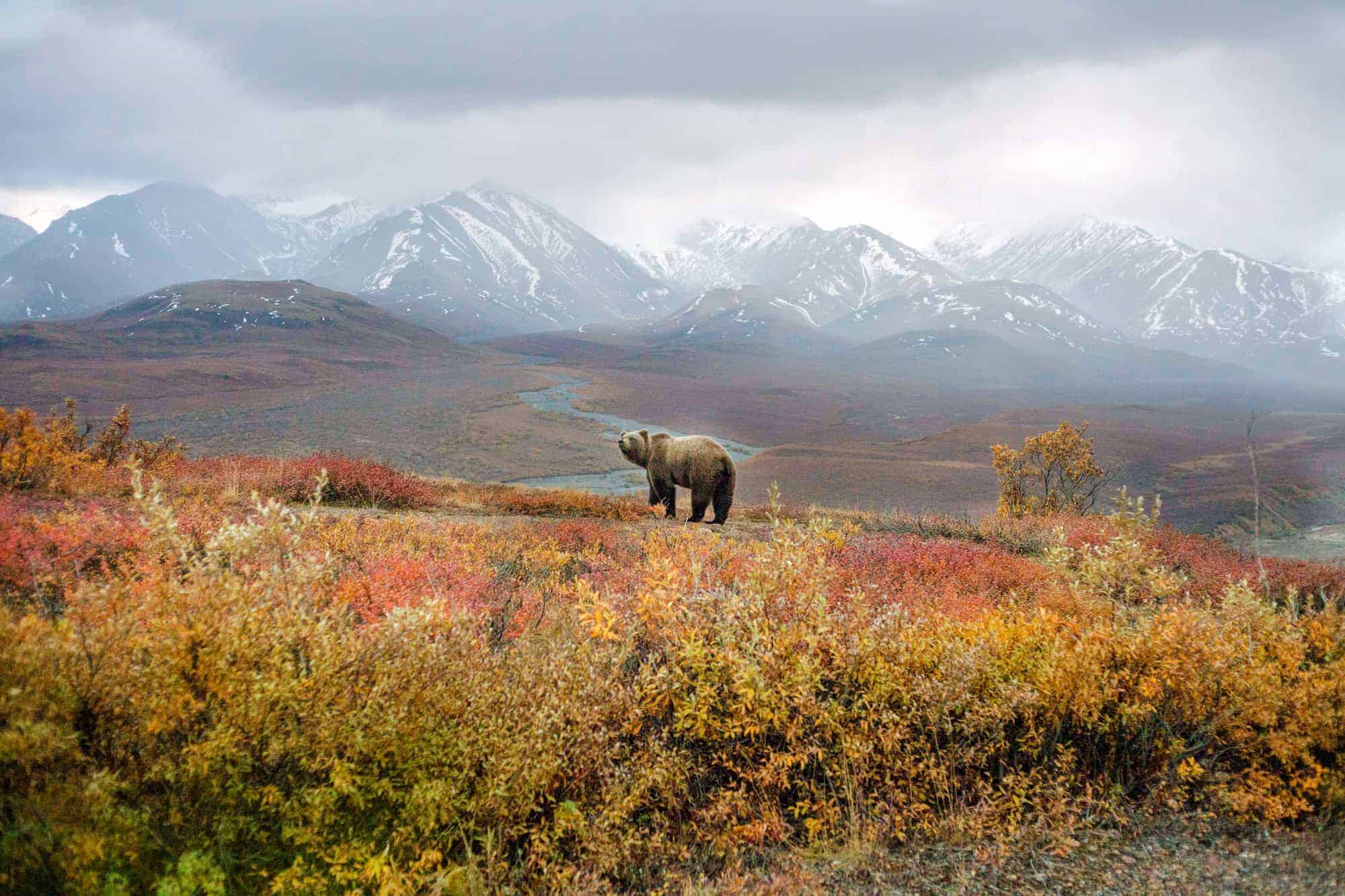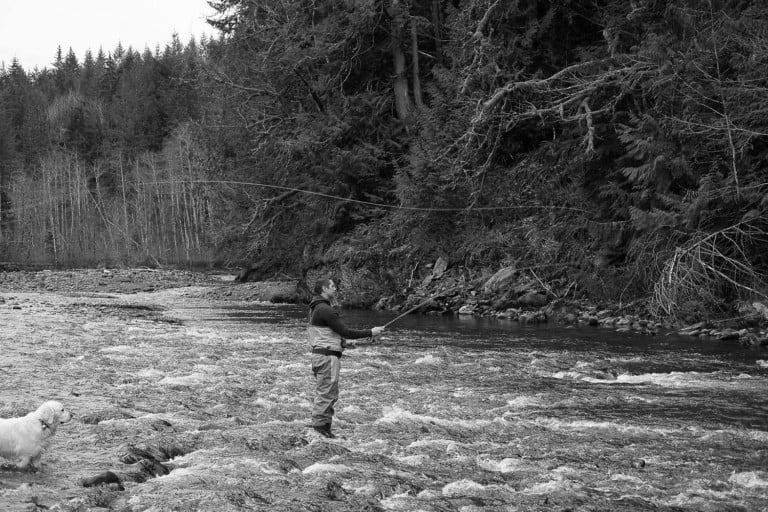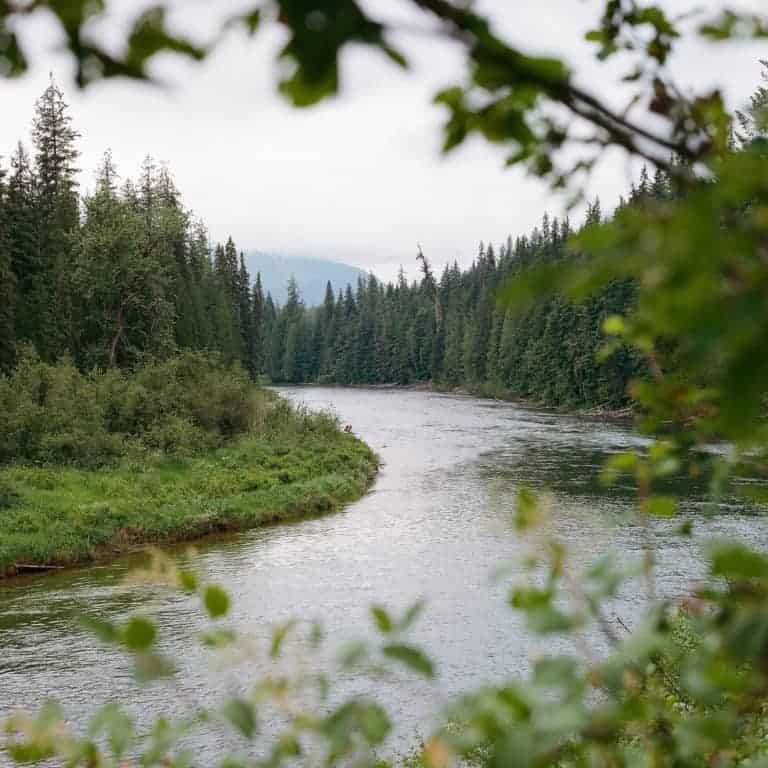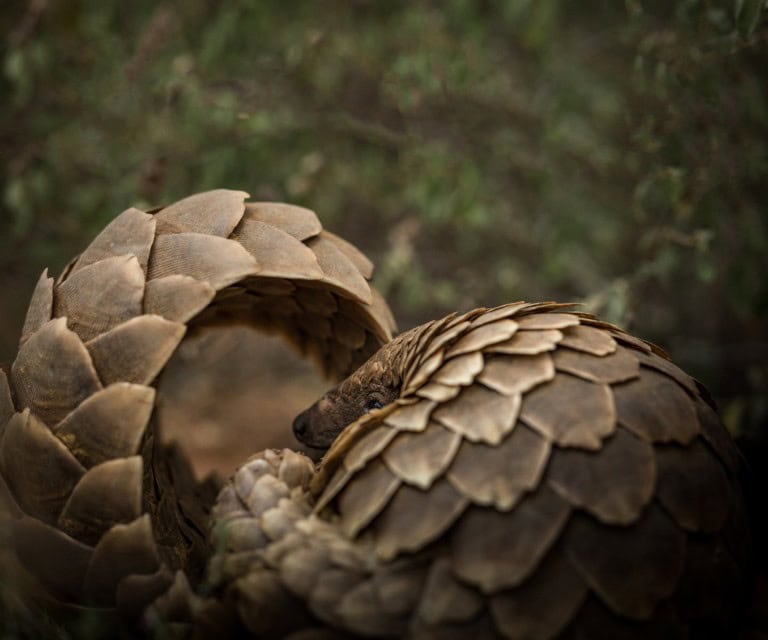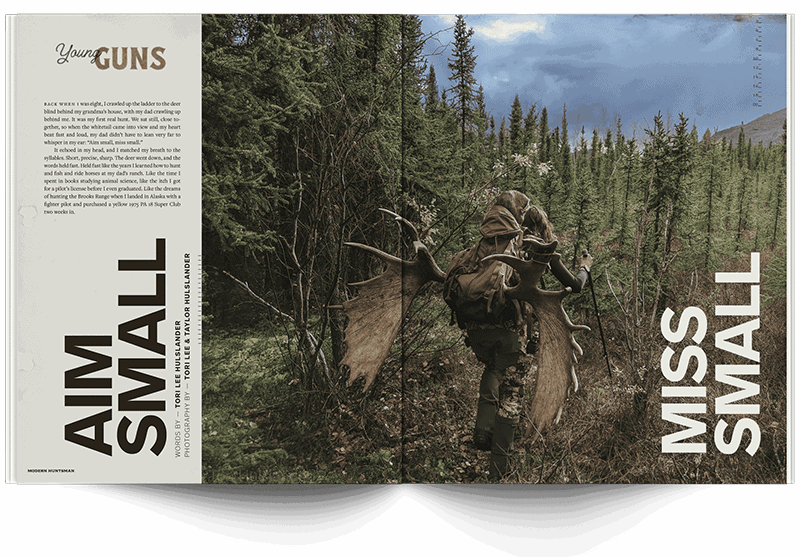Our planet is changing. We are experiencing unprecedented declines in biodiversity, which have fostered the sobering recognition that we are living in and headed toward the sixth mass extinction in our planet’s history. By mid-century, as many as 30 to 50 percent of all known species could be headed toward extinction (1). They are disappearing 1,000 to 10,000 times faster than the background extinction rate — or the speed at which they would disappear naturally, without human influence (2).
Those details may be difficult to grasp, but they are not to be taken lightly. Wildlife is disappearing forever because our collective swing of the axe is taking them with it. This massive reshuffling of the ecological deck is already affecting each and every one of us and will continue to do so in untold, and in some cases irreversible ways. The biodiversity that our ecosystems sustain is not trivial. It is essential to human life.
Much of the air we breathe is produced by phytoplankton, microscopic organisms that live in our world’s fresh and saltwater ecosystems (3, 4). As the health of our waterways and oceans declines, we threaten the very organisms that facilitate the most basic function of human life: breathing. Don’t forget that trees — the sequesters of carbon, the purveyors of food and shelter for countless plants, animals and humans — are facing mounting threats also. One of the most referenced studies on forest-cover changes has found that “globally, 2.3 million square kilometers of forest were lost during the 12-year period (2000–2012) and 0.8 million square kilometers of new forest were gained” (5). For perspective, the reported global loss of forests over 12 years equates to an area roughly six times greater than that of Montana or seven-and-a-half times greater than that of Italy.
Globally, deforestation and
